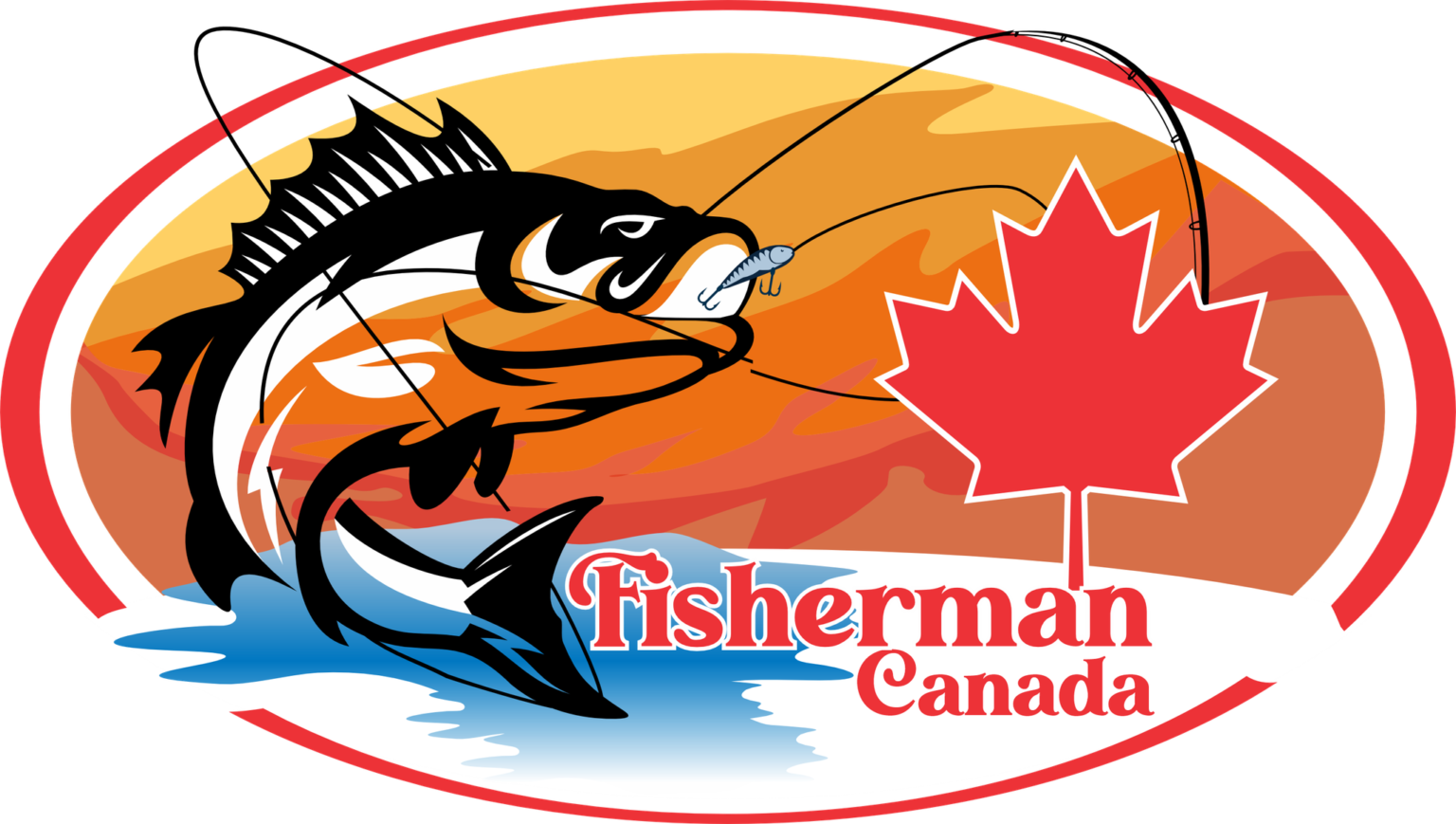Introduction
Lake Michigan, one of the Great Lakes of North America, is a treasure trove for anglers seeking the thrill of bass fishing. Spanning over 22,400 square miles, this immense body of water is known for its diverse aquatic life, picturesque landscapes, and world-class fishing opportunities. Among the many species that call Lake Michigan home, bass fishing enthusiasts particularly relish the chance to pursue largemouth and smallmouth bass. In this article, we will explore the nuances of bass fishing in Lake Michigan, from the best locations and techniques to the fascinating ecosystem that makes this destination a fisherman’s paradise.
Lake Michigan’s Unique Ecosystem
Before delving into the specifics of bass fishing in Lake Michigan, it’s essential to understand the unique ecosystem that sustains these magnificent fish. Lake Michigan, being one of the Great Lakes, boasts an intricate food web, and this complexity plays a crucial role in the growth and behavior of bass. The lake is home to numerous prey species such as alewives, smelt, and gobies, which serve as a primary food source for bass.
Furthermore, the lake’s size and depth provide ideal conditions for bass to thrive. The shallow, weedy areas along the shoreline provide excellent spawning grounds, while the deeper waters support adult bass throughout the year. These factors contribute to the growth and abundance of both largemouth and smallmouth bass, making Lake Michigan an exceptional destination for anglers.
Best Locations for Bass Fishing
Green Bay, Wisconsin:
Green Bay, located on the western shore of Lake Michigan, is a hotspot for bass fishing. The bay’s extensive network of islands, rocky shorelines, and submerged structures offer a rich habitat for both largemouth and smallmouth bass. The warm waters and abundant forage make this area a prime location for anglers, especially during the summer and fall months.
Sturgeon Bay, Wisconsin:
Sturgeon Bay, situated at the northern end of Door County, is another renowned destination for bass fishing enthusiasts. The bay’s diverse structure, including rocky shoals, weed beds, and deep drop-offs, create excellent opportunities for both smallmouth and largemouth bass. Many fishing tournaments take place here, drawing anglers from across the country.
Grand Traverse Bay, Michigan:
The Grand Traverse Bay, located on the eastern shore of Lake Michigan, offers a unique setting for bass fishing. Its crystal-clear waters, rocky bottoms, and submerged structures provide an ideal habitat for smallmouth bass. The bay’s stunning scenery and excellent fishing opportunities make it a must-visit destination for anglers.
Indiana Dunes, Indiana:
The Indiana Dunes, along the southern shore of Lake Michigan, are known for their picturesque landscapes and exceptional bass fishing. Largemouth bass are abundant in the sheltered lagoons, while smallmouth bass can be found along the sandy beaches and rocky outcrops. The variety of habitats makes this area a versatile choice for anglers of all skill levels.
Bass Fishing Techniques
Casting and Retrieving:
Casting and retrieving artificial lures is a popular technique for catching bass in Lake Michigan. Anglers use a variety of lures, including crankbaits, spinnerbaits, and soft plastics, to mimic the prey species in the lake. The key is to experiment with different lures and retrieve speeds until you find what works best on a given day.
Drop-Shotting:
Drop-shotting is a finesse technique that is particularly effective for smallmouth bass. It involves suspending a soft plastic bait above the lakebed using a specialized rig. This technique allows for precise presentation and can be deadly when targeting deep-water smallmouth bass.
Jigging:
Jigging involves bouncing a jig or soft plastic bait along the bottom to entice bass into striking. This technique is often used in deeper water or around submerged structures where bass are known to congregate. Jigging can be highly effective for both smallmouth and largemouth bass.
Topwater Fishing:
Topwater lures, such as poppers and frogs, can produce heart-pounding strikes from bass, especially during the early morning and late evening hours. These lures create surface commotion that mimics struggling prey, making them irresistible to hungry bass.
Conservation and Responsible Fishing
While bass fishing in Lake Michigan can be an exhilarating experience, it is crucial to practice responsible angling to ensure the health and sustainability of the fishery. Here are some key conservation tips:
Catch and Release: Consider practicing catch and release, especially with larger bass. This helps maintain healthy populations and ensures future generations of anglers can enjoy the sport.
Respect Bag Limits: Familiarize yourself with the local regulations and adhere to bag limits and size restrictions. Responsible harvesting helps maintain a balanced ecosystem.
Dispose of Litter Properly: Always clean up after yourself and dispose of trash and fishing line in designated containers. Pollution can harm the lake’s aquatic life.
Handle Fish with Care: Minimize stress on caught fish by handling them gently and using appropriate tools like fish grips or pliers to remove hooks.
Conclusion
Bass fishing in Lake Michigan offers an unparalleled experience for anglers of all levels of expertise. With its diverse ecosystem, breathtaking scenery, and numerous fishing opportunities, Lake Michigan is a true paradise for those seeking the thrill of catching largemouth and smallmouth bass. As you embark on your next fishing adventure in this magnificent lake, remember to fish responsibly, respect the environment, and cherish the natural beauty that surrounds you. Lake Michigan truly is a gem waiting to be explored by passionate bass anglers.


